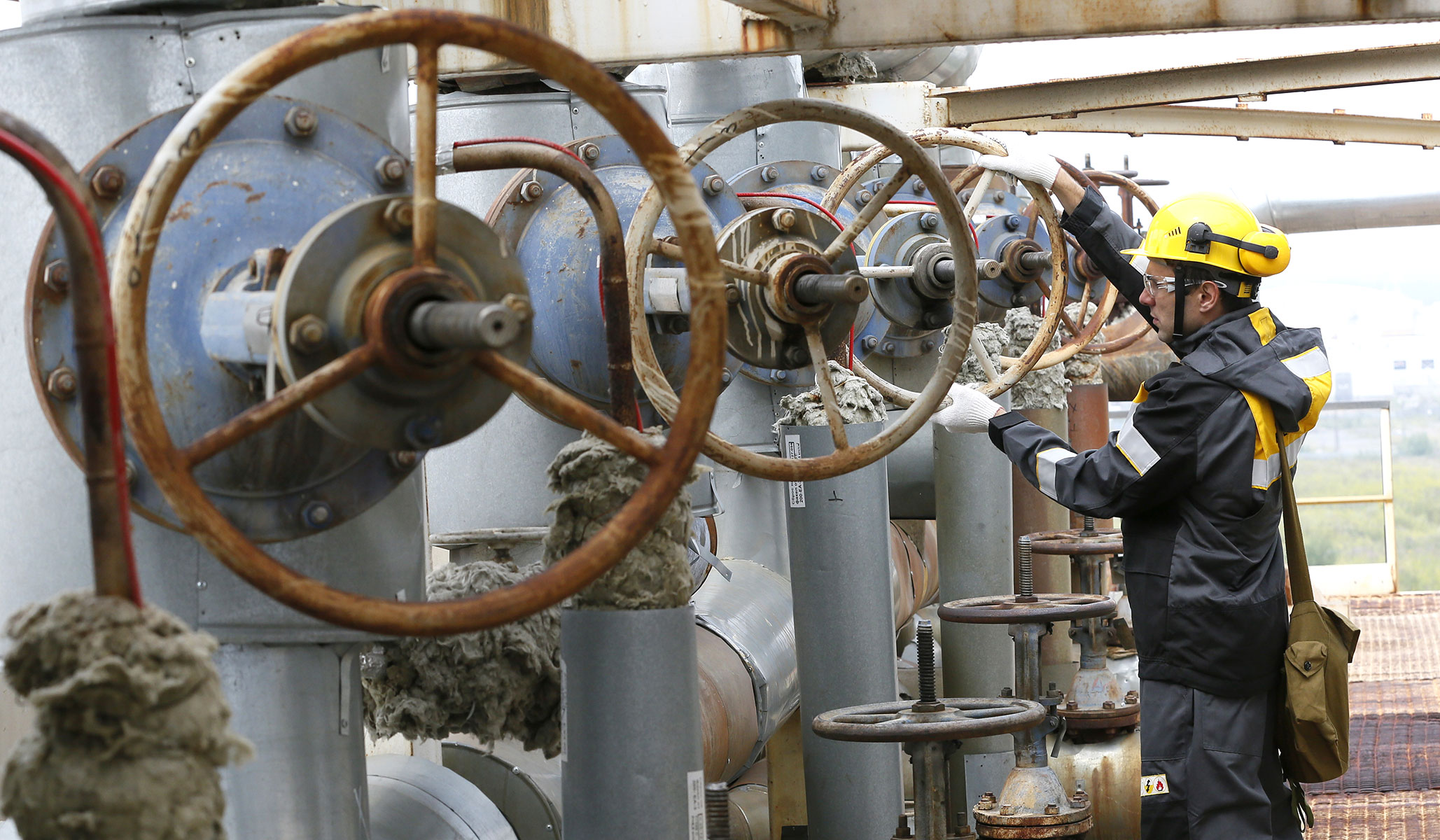Thé Global Oil Market Is Over
The Global Oil Market Is Over

Does Russia’s invasion of Ukraine amount to a new Cold War? Among pundits, for now, interpretations vary. But prices in the oil market convey less ambiguity. Their answer? Yes.
After the Cold War, independent Russia became more enmeshed with global oil markets, including the West. With exceptions created by sanctions intended to exclude Iran and Venezuela from the global oil market, it had become possible to speak of a single global oil market.
That didn’t mean there was a single oil price. That will always vary with the grade of fuel. Heavy and sour crudes, such as the oil from the tar sands of western Canada, for instance, trade at a lower price than light and sweet crudes. This is because they are harder to refine. But those varying prices have typically been fairly highly correlated. Except for that (and sanctions regimes) and some differences mainly attributable to transportation costs, the source of the oil didn’t matter when it came to price.
The existence of one world market in oil, in some sense, embodies the prevalence of globalization in a commodity market. For it to prevail, national borders cannot stymie flows driven by supply and demand. Sure, the law of one world price only approximated the oil market as it existed between the end of the first Cold War and February 2022 for the reasons noted above, but they didn’t detract from the existence of what was close to a genuinely global market. That was then.
Nowadays, Urals oil, a benchmark Russian crude price, is trading at over $30 less per barrel than Brent crude, the worldwide benchmark price (a far higher discount than the marginal differentials seen in the recent past). Iranian oil, by comparison, is only trading at $2 to $5 less. Much of the discrepancy between Brent and Russia can be explained by voluntary “self-sanctioning” by market participants since the price disparities began showing up even before the West started some of its heaviest sanctions. In both its nature and its size, then, the collapse in the globalization of oil is unlike anything observed since the end of the Cold War.
On one side of the new oil divide are rich Westerners that can afford to pay more to avoid buying Russia’s oil. On the other side, with Russia and China, are the world’s poor. They cannot afford to turn down the Putin discount.
India is likely a harbinger of what lies ahead. Despite Western governments asking it not to, India is buying more Russian oil because it’s so much cheaper than the alternatives. Reliance Industries, one of the world’s largest corporations and one of India’s largest refiners, has ordered 15 million barrels of Russian oil since the war in Ukraine began. At current prices, the switch to Russian oil could save India as much as $40 billion per year, around 1.5 percent of its GDP. For context, 1.5 percent of GDP is, according to the Congressional Budget Office, typically the size of America’s entire federal budget deficit in a “relatively strong” economy.
Declining that type of cost savings is an act of self-flagellation that the world’s poor cannot bear. But the temptation to buy oil from the Russian bear extends beyond the developing countries that, like India, now face the same set of incentives to remain “non-aligned” that they faced during the first Cold War. Only after its purchase of discounted Russian crude oil elicited widespread backlash did Shell promise to pay the premium to boycott Russian oil. Even now, Russian crude oil persists in finding at least some buyers in Western Europe.
On the specter of a new Cold War, many have opined. But the world’s energy market is already splitting in two with consequences, we can be sure, that won’t just be confined to energy.
https://www.nationalreview.com/2022/04/the-global-oil-market-is-over/?




Post a Comment